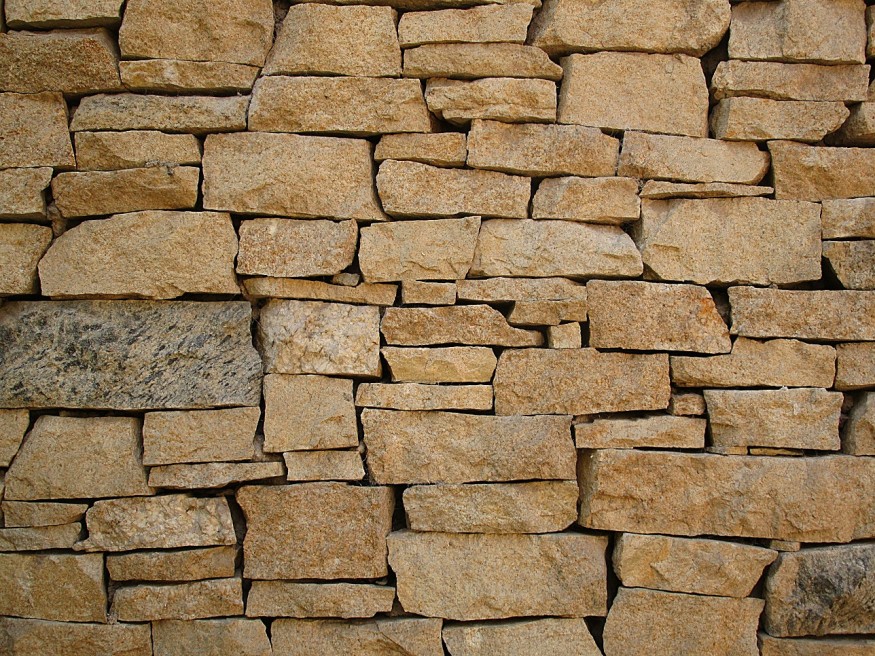Architects Call for Reevaluation of Stone in Modern Architecture for a Sustainable Future

Stone, a material with great historical significance and practical benefits, has frequently been eclipsed by concrete, steel, and brick in modern construction. However, an increasing number of advocates and architects are calling for using this antiquated building material again, pointing out its many advantages and pushing for a change in the construction sector toward sustainability.
The Overlooked Elegance of Stone
Despite its timeless elegance and association with luxury, stone has unfairly acquired a reputation as an exclusive material reserved for the affluent. However, engineers, stonemasons, and architects are challenging this notion. Steve Webb, a seasoned engineer, Pierre Bidaud from the Stonemasonry Company, and architect Amin Taha lead the charge for the resurgence of stone in construction.
Affordable housing projects in Palma, Mallorca, Spain, showcase the viability of using stone, boasting ceilings crafted from this abundant resource. Similarly, a social housing project in Geneva, Switzerland, stands entirely as a testament to the cost-effectiveness of stone construction. Taha emphasizes that cutting stone into bricks is notably more economical than its fired-clay counterpart, challenging the misconception that stone is a luxury material.
The Environmental Edge of Stone
One compelling argument favoring stone is its environmental friendliness compared to concrete, steel, and brick. Once extracted from the quarry, the stone is inherently ready for use, requiring minimal processing before installation. In contrast, other materials necessitate "several different energy-consuming activities" before being employed in construction, as noted by Rowan Moore in The Guardian.
Furthermore, stone stands out for its local availability, reducing the carbon footprint associated with transportation. Taha poetically captures this accessibility: "We are sitting on the cold dry skin of boiling magma." This accessibility contributes to sustainability and emphasizes the geological abundance of this ancient building material.
Bidaud adds another layer to the sustainability narrative, highlighting that existing stone structures can be recycled effectively. "Any stone building is a quarry," he remarks, underscoring the potential for dismantling and repurposing stone constructions-a testament to the cyclical nature of this age-old material.
Architects as Advocates for Change
Steve Webb expresses frustration at the lack of advocacy for environmentally conscious construction materials in the architectural profession. While innovative alternatives such as lime, hemp hurd, and seaweed are explored for sustainability, the fundamental change could be initiated by architects who embrace the inherent qualities of stone.
Beyond its practical benefits, stone offers an aesthetic allure that resonates with architects and designers. Its dramatic, stark, and bold characteristics make it an attractive option for contemporary designs. Moreover, as the world grapples with the consequences of global heating, stone emerges as an effective solution for cooling homes affordably and efficiently.
Towards a Sustainable Future
Architects and supporters are pushing for the resuscitation of historic building materials like stone as the construction sector comes under fire for its substantial contribution to greenhouse gas emissions. As cutting-edge solutions like lime, hemp hurd, and seaweed are investigated, it is becoming increasingly clear that stone's long-lasting beauty and durability may hold the key to a sustainable future. The renaissance of stone in modern architecture beckons, urging the industry to reevaluate its materials and embrace the timeless beauty of this age-old resource.














